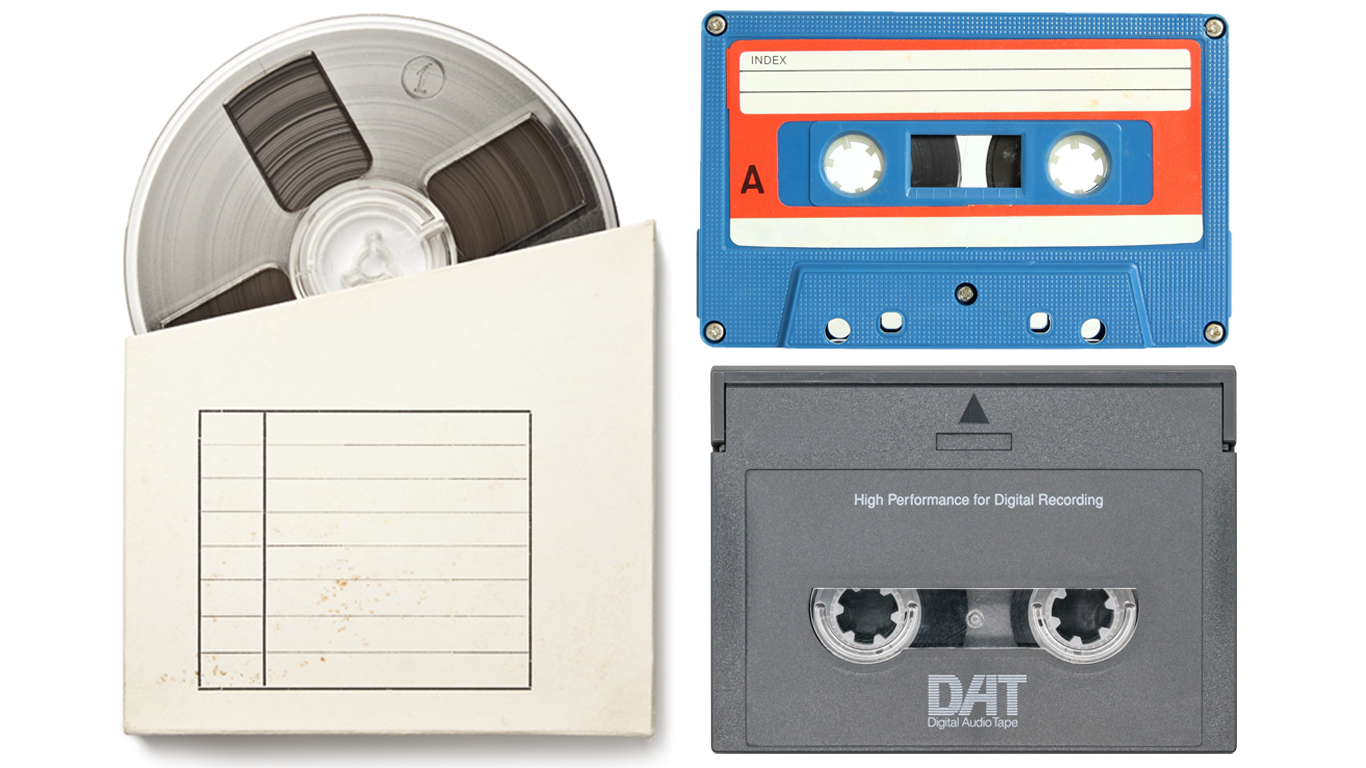Compressed mp3 file format or uncompressed wav file format, which is best for me?
The choice between MP3 and WAV file formats for transferring audio cassette tapes depends on your specific needs and priorities. Most people won’t be able to hear the difference between the two formats, but both audio formats have benefits and drawbacks.
MP3 Format:
Compression: MP3 files are compressed, meaning they take up less storage space compared to WAV files. This can be advantageous if storage space is a concern.
Compatibility: MP3 is widely supported by various devices and software platforms, making it convenient for playback on different devices.
Lossy Compression: MP3 uses lossy compression, which means some audio quality is sacrificed to reduce file size. However, at higher bitrates, the loss of quality may not be noticeable for most listeners.
WAV Format:
Uncompressed: WAV files are uncompressed, meaning they retain all the audio data from the original recording. This results in higher audio quality but larger file sizes compared to MP3.
Editing: WAV files are ideal for editing and post-production work because they retain all the original audio data without any lossy compression artifacts.
Archiving: If preserving the highest possible audio quality is a priority, WAV files are a better choice for archiving purposes.
Considerations:
If you're transferring audio cassette tapes for personal listening and storage on a device with limited storage space (like a smartphone or MP3 player), MP3 might be a better choice due to its smaller file size.
If you're archiving the recordings or plan to do extensive editing and post-production work, WAV might be preferred to preserve the highest audio quality.
You can also consider using a lossless compression format like FLAC (Free Lossless Audio Codec) if you want to balance between file size and audio quality.
Ultimately, the decision depends on your priorities regarding audio quality, file size, and intended use of the transferred recordings.
Digital Roots Studio offers audio transfer to digital for Alameda County, Marin County, SF County, Sonoma County, Contra Costa, Napa County, San Mateo County, Santa Clara County, Solano County -


